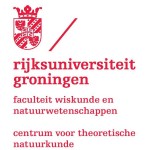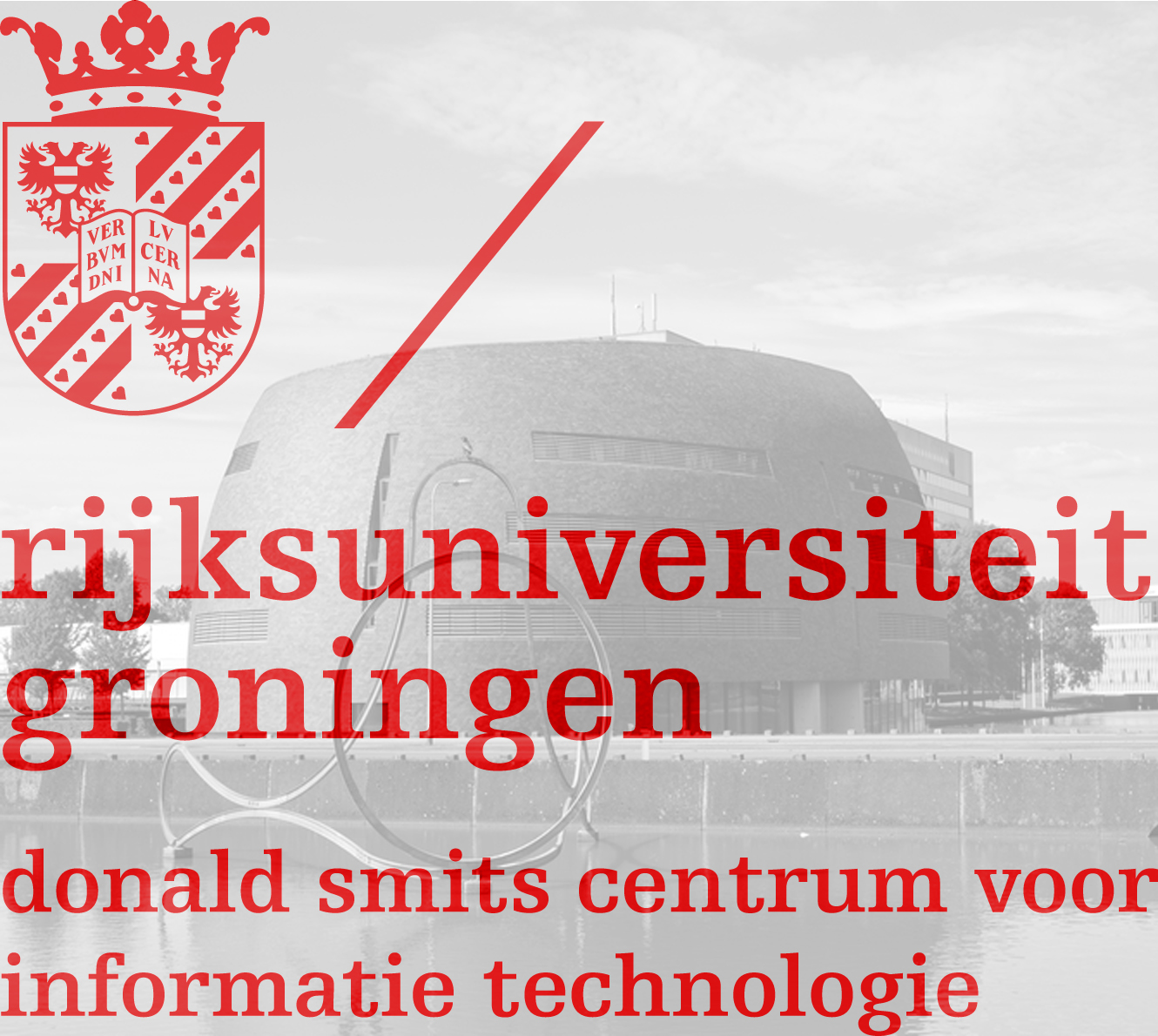Polywell
We did our case study for a one-man company based in Groningen called ‘Energy Integrated’, which provides services in the fields of energy and IT. The owner of the company and a colleague of his from the energy and gas business look for potentially innovative projects related to energy issues. One such project is the Robert Bussard designed `Polywell’, which is a new type of nuclear fusion reactor promising low-cost energy production potentially without any radioactive waste or high-energy neutrons.
Shortly before his death, Robert Bussard gave a `Google tech talk’ in which he explained his future technology and the results obtained so far, and expressed the hope to attract further funding. Although he did manage to get funding from the American navy for his company to continue his research, this results were embargoed so no new information has emerged since the google tech talk. Since billions are pumped into ITER, and since the Polywell promises to achieve fusion much more cheaply (Bussard claims to need only 200M for a full-scale demo reactor), Energy Integrated would like to investigate this further. Our job was to clarify the physics of the Polywell, and find out what the main questions and criticisms from the scientific world are, to ultimately help answer the question of whether there would be a solid business case for spending more money on Polywell research.
The basic concept of the Polywell is to contain electrons in the centre of a quasi-spherical magnetic field, which then creates a spherical electrostatic well for ions. Ions dropped at the edges of the well accelerate to the centre, collide and fuse. There are however some issues with this concept. Possible plasma instabilities, thermalisation of velocity distributions an energy losses associated with bremsstrahlung, synchrotron radiation and particle losses make it uncertain if net energy production will ever be possible.
Diederik Perdok & Coen Pijpker







